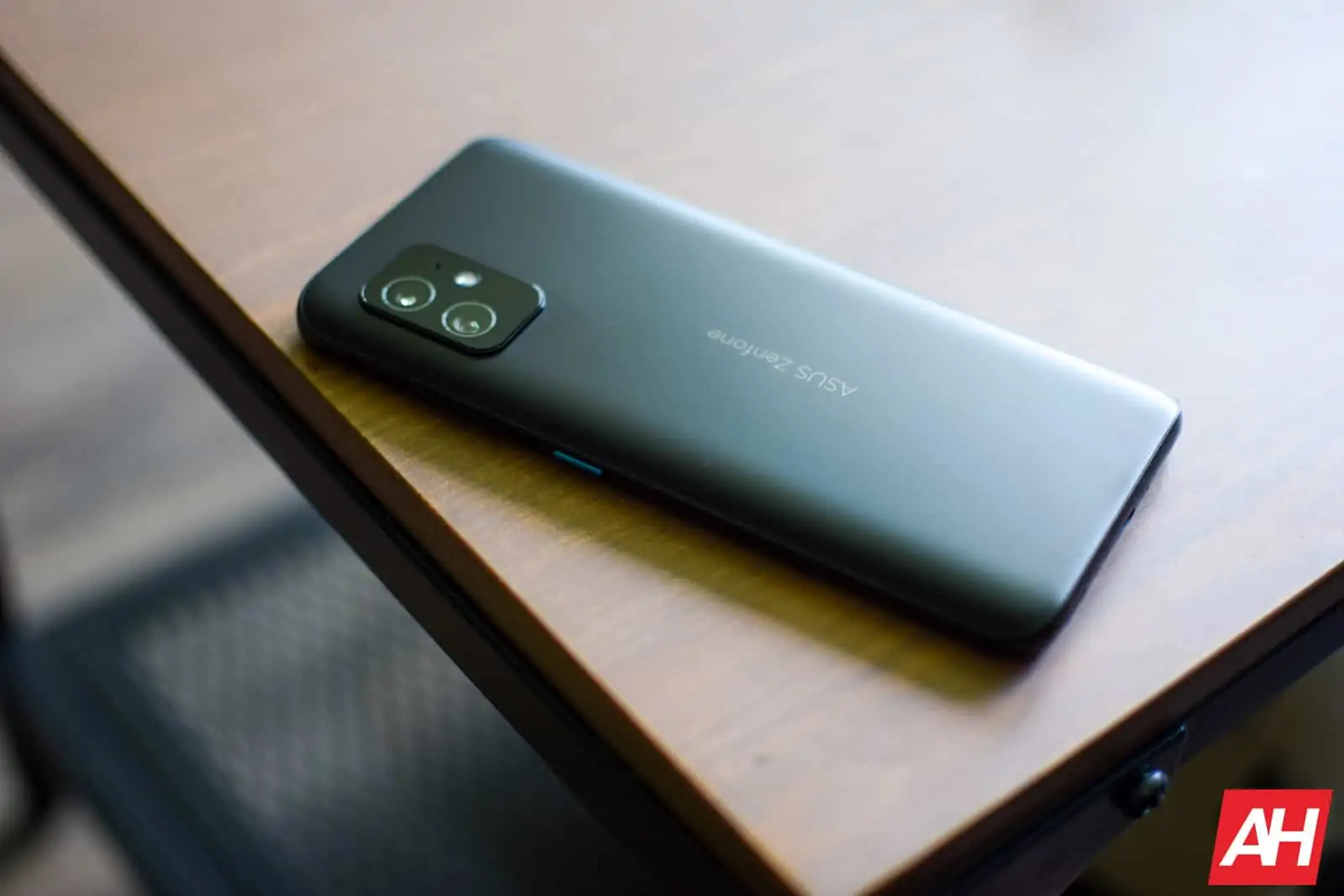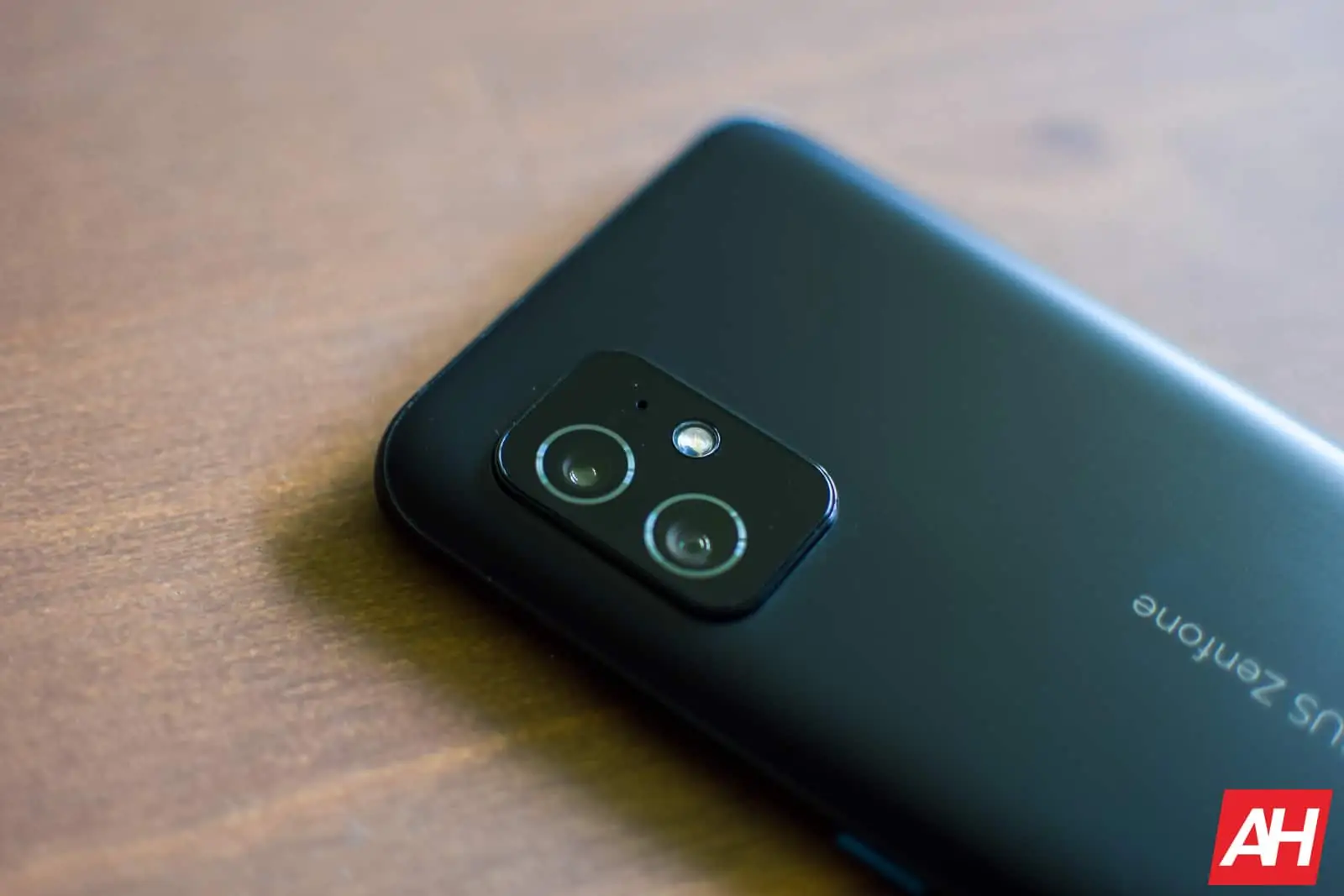This time around, we’re comparing the ASUS ZenFone 8 vs Xiaomi Mi 11 Ultra. Those are the best devices ASUS and Xiaomi have to offer at the moment. Both phones launched this year, in May and March, respectively. There are quite a few differences between these two phones, which makes this comparison rather interesting. Both devices are flagship-grade, and in that regard, they are aiming at similar types of consumers, but there are just so many differences between them.
In this article, we’ll try to give you a better idea of which of these two phones is better suited for you. We’ll kick things off by comparing their specifications, and will then move to the design, display, performance, battery, and camera sections. These two devices do look quite a bit different, while the size difference is also quite notable. Having said that, let’s start comparing the ASUS ZenFone 8 vs Xiaomi Mi 11 Ultra, shall we.
Specs
| ASUS ZenFone 8 | Xiaomi Mi 11 Ultra | |
| Screen size | 5.9-inch fullHD+ Super AMOLED flat display (120Hz refresh rate) | Primary: 6.81-inch WQHD+ AMOLED LTPO curved display (120Hz adaptive refresh rate) Secondary: 1.1-inch AMOLED |
| Screen resolution | 2400 x 1080 | 3200 x 1440 |
| SoC | Qualcomm Snapdragon 888 | Qualcomm Snapdragon 888 |
| RAM | 6GB/8GB/16GB | 8GB/12GB (LPDDR5) |
| Storage | 128GB/256GB (UFS 3.1); non-expandable | 256GB/512GB (UFS 3.1), non-expandable |
| Rear cameras | 64MP (f/1.8 aperture, 0.8um pixel size, 26mm lens, PDAF, OIS) 12MP (ultra-wide, f/2.2 aperture, 112-degree FoV, 14mm lens, 1.4um pixel size, dual pixel PDAF) |
50MP (f/2.0 aperture, 24mm lens, 1.4um pixel size, Dual Pixel PDAF, Laser AF, OIS) 48MP (f/4.1 aperture, 120mm periscope telephoto lens, 0.8um pixel size, PDAF, OIS, 5x optical zoom) 48MP (f/2.2 aperture, 12mm lens, 128-degree FoV, ultrawide, 0.8um pixel size, PDAF) |
| Front cameras | 12MP (f/2.5 aperture, 28mm lens, 1.22um pixel size, dual pixel PDAF) | 20MP (f/2.2 aperture, 27mm lens, 0.8um pixel size) |
| Battery | 4,000mAh, non-removable, 30W wired charging, reverse wired charging | 5,000mAh, non-removable, 67W wired charging, 67W wireless charging, reverse wireless charging |
| Dimensions | 148 x 68.5 x 8.9mm | 164.3 x 74.6 x 8.4mm |
| Weight | 169 grams | 234 grams |
| Connectivity | 5G, LTE, NFC, Bluetooth 5.2, Wi-Fi, USB Type-C | 5G, LTE, NFC, Bluetooth 5.2, Wi-Fi, USB Type-C |
| Security | In-display fingerprint scanner (optical) | In-display fingerprint scanner (optical) |
| OS | Android 11 ZenUI 8 |
Android 11 MIUI 12.5 |
| Price | €599 / €669 / €799 | Not yet available |
| Buy | ASUS | Xiaomi (not available yet) |
ASUS ZenFone 8 vs Xiaomi Mi 11 Ultra: Design
The ASUS ZenFone 8 is made out of metal and glass, while the Xiaomi Mi 11 Ultra combines metal with a ceramic backplate. Both phones do include a display camera hole in the top-left corner, and that’s basically where design similarities end. The ZenFone 8 comes with a back that is a bit more curved towards the sides, but both phones are quite slippery. The Mi 11 Ultra is more difficult to use due to that fact, as it’s much larger. Using a case with both phones is a good idea.
The ASUS ZenFone 8 includes a flat display, while the Mi 11 Ultra comes with a curved one. Both phones do have very thin bezels, though, and both offer curved corners. The Mi 11 Ultra’s camera island is much larger, which is not surprising considering the number of sensors that are included here, and the fact that it has a rear-facing display. On the flip side, the ZenFone 8’s camera island is placed in the top-left corner of the phone’s back, and there’s no secondary display.

The Xiaomi Mi 11 Ultra is much larger than the ZenFone 8, it’s not even close. It’s a lot taller, and wider, while it’s a bit thinner. The Mi 11 Ultra is almost 80 grams heavier than the ZenFone 8, and that is very noticeable in the hand. It does have a much larger display as well, though. So, it’s all a matter of preference. We’d take the size of these two phones as the main guiding point. If you simply love huge displays, and huge phones, the Mi 11 Ultra is a good choice. If not, the ZenFone 8 is a better choice.
ASUS ZenFone 8 vs Xiaomi Mi 11 Ultra: Display
The ASUS ZenFone 8 features a 5.9-inch fullHD+ (2400 x 1080) Super AMOLED display. That panel offers a 120Hz refresh rate, and it gets quite bright at 1,100 nits peak brightness. The ZenFone 8’s display is protected by the Gorilla Glass Victus. This display does support HDR10+ content, and it’s a really good display overall. It’s large enough for pretty much everyone, but not so large that it makes the phone resemble a tablet.
The Xiaomi Mi 11 Ultra, on the other hand, features a huge 6.81-inch QHD+ (3200 x 1440) AMOLED main display. This is an LTPO display with up to 120Hz refresh rate (adaptive refresh rate), and it gets extremely bright at 1,700 nits peak brightness. It does support HDR10+ content, and it has Dolby Vision support as well. It is protected by the Gorilla Glass Victus, same as the ZenFone 8, but this display is curved, not flat. This handset also has a second panel on the back, a 1.1-inch AMOLED panel-
So, how do they compare (main displays)? Well, these two displays are quite different. The Mi 11 Ultra’s panel does get a lot brighter, and it is sharper, though that sharpness is not something you’ll necessarily notice. Both displays do look gorgeous, with vivid colors, and excellent viewing angles. If the size is important to you, make your call based on that, and on the curvature, as you won’t miss anything no matter what display you choose. Both look great, and both are really smooth.
ASUS ZenFone 8 vs Xiaomi Mi 11 Ultra: Performance
Every single major flagship offers really good performance these days, pretty much. Well, these two phones are not much different. They’re extremely powerful, and that reflects on their performance, as the companies did a really good job with optimizations, it seems. Both phones are fueled by the Snapdragon 888 SoC, which is the most powerful SoC Qualcomm has to offer at the moment.
Both devices offer LPDDR5 RAM and UFS 3.1 flash storage. On top of that, Android 11 comes pre-installed on both phones, though with different Android skins. ASUS’ ZenUI is much closer to stock Android than MIUI, but that doesn’t mean there’s anything wrong with MIUI. Both skins do work great, and it all depends on what you prefer. The point is, both manage to highlight the benefits of each phone, and do not hinder overall performance, even though there are some issues. That’s the case with basically every software build out there, though. That’s not something that should concern you, as both ZenUI and MIUI came a long way over the years.
Both phones do offer great performance in pretty much every scenario. Regular, everyday performance is great on both. They can both open / close apps really fast, the same goes for multitasking, browsing, and anything else you can think of. They also do a great job in the gaming department. The ZenFone 8 even got some gaming features from the ROG Phone, which makes it extremely compelling as a gaming phone.
ASUS ZenFone 8 vs Xiaomi Mi 11 Ultra: Battery
The ASUS ZenFone 8 features a 4,000mAh battery, while the Xiaomi Mi 11 Ultra includes a 5,000mAh unit. That difference in battery capacity is expected considering the difference in display sizes here, and also display resolutions. The most important thing is that both phones do provide good battery life, that’s all you should care about, battery capacity never reveals the full story.
That being said, both of these phones were able to reach around 5.5-6.5 hours of screen on time for us. That did depend on the usage scenarios, but in every single one of them, we didn’t really play games all that much. That being said, if you’re a gamer, you may see lower numbers than these. Your usage will also heavily differ from ours, so you may get different results entirely. The point is, both phones are quite good in the battery department, though not excellent.
When it comes to charging, well, you can quickly recharge both devices. The ZenFone 8 supports 30W fast wired charging, and reverse wired charging as well (noticeably slower). The Xiaomi Mi 11 Ultra, on the other hand, supports 67W fast wired charging, and 67W fast wireless charging. On top of that, it does support reverse wireless charging (10W) as well. So, the Mi 11 Ultra does win in this regard, as it can recharge quicker, not to mention it supports fast wireless charging.
ASUS ZenFone 8 vs Xiaomi Mi 11 Ultra: Cameras
The ASUS ZenFone 8 includes two cameras on the back, while the Xiaomi Mi 11 Ultra has three cameras back there. Each device has a single camera on the front. That being said, both phones are really compelling in the camera department. Despite the fact the ZenFone 8 has the same main camera hardware as the ZenFone 7, it has much better performance. The difference is night and day, basically.

Both phones do a great job during the day. They can capture some truly sharp images, with great white balance, and dynamic range. There are tons of details in those images, and they’re not crushing blacks at all. The colors are also really good, though the Mi 11 Ultra tends to saturate images a bit more. Ultra-wide cameras are good on both phones, but not the best out there, that’s for sure.
Both devices also do a good job in low light. They both manage to brighten up the scene quite a bit thanks to dedicated night modes. They also do a good job of keeping noise to a minimum. The ZenFone 8 manages to keep slightly more detail in such shots, though the difference is barely noticeable. The Mi 11 Ultra does a better job when it comes to selfies, a noticeably better job, though the ZenFone 8 is not exactly bad in that regard. The Mi 11 Ultra also comes with a periscope camera, using which you can really take some great pictures of far away objects. If the main and ultrawide cameras are your only concern, both of these phones deliver.
Audio
The ASUS ZenFone 8 really managed to surprise us with the quality of its speakers. When you see a phone that is more compact than its direct competitors, you immediately think that its speakers won’t be good. That’s not the case with the ZenFone 8, not at all. The phone delivers great speakers, which can provide you with loud audio output, that is really well-balanced as well. The Mi 11 Ultra is not fast behind in that regard, but the ZenFone 8 does deliver a crisper audio experience when it comes to speakers.
In regards to audio through a pair of headphones, well, they’re much more similar. The ZenFone 8 does deliver a 3.5mm headphones jack, unlike the Mi 11 Ultra. You will get really good audio output, regardless of whether you use wired or wireless connection. Both phones can deliver really well-balanced audio, and even some bass as part of the experience.

